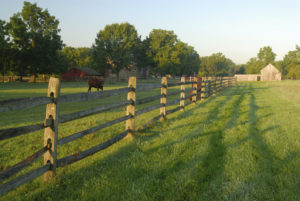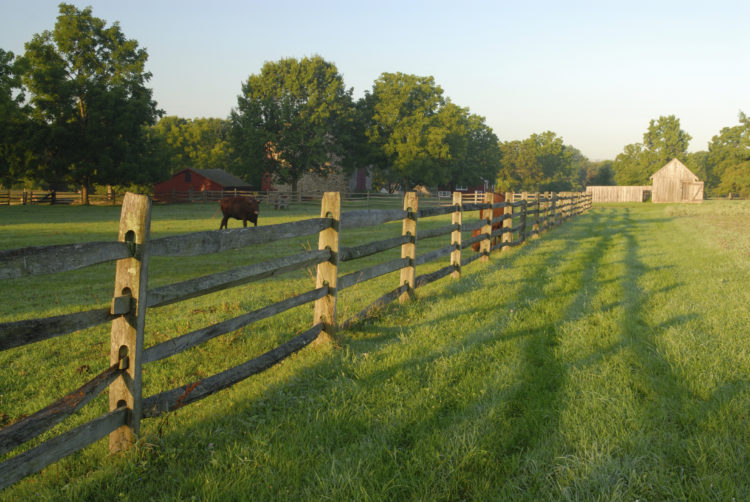As a real estate agent, you know how important it is to get new leads on a regular basis. One of the most common ways to obtain leads in real estate is by farming. However, it’s something that many agents neglect to their detriment. A real estate farm is an excellent long-term strategy that focuses on obtaining seller prospects. Don’t miss the second post in this series on real estate farming
When to Use Farming
Farming refers to becoming the go-to real estate agent for any type of a transaction in a specific geographic area. A real estate farm is most effective for obtaining seller leads because when you market to a farm, you’re really targeting homeowners. You may also find homebuyers looking you up if they were referred to you, but in general, farming is going to result in seller leads. And, it should be an important part of your marketing plan because working with sellers is a lucrative part of the real estate business.
The term farming came about because it gives the impression of sowing seeds and watching them flourish over time. That’s what happens when you farm a geographic area. Farming doesn’t produce immediate results, but you should never ignore it because it’s a good long-term strategy.
There are times when changes in the market may make some of your marketing initiatives less effective. However, once you’re established in a farm and continue to nurture it, you should have an ongoing stream of prospects coming to you. And, it’s always nicer when prospects track you down versus the other way around.
Tips for Choosing a Farm Location
Choosing the right farm area for you is a critical choice. It will determine the long-range success of your farming effort.
 Location: The first thing to think about is where you’d like to do a good portion of your business. There may be an excellent farm a long distance away, but the odds are you won’t be as enthusiastic about it after long hours in the car, and watching your profit being eaten up by gas prices.
Location: The first thing to think about is where you’d like to do a good portion of your business. There may be an excellent farm a long distance away, but the odds are you won’t be as enthusiastic about it after long hours in the car, and watching your profit being eaten up by gas prices.- Number of homes: Tom Ferry suggests setting a long-term goal of 500-2,500 homes, but starting with 250-500 homes to get yourself established and testing your return on investment.
- Turnover rate: Naturally, you need to gather information about the turnover rate in the farm you’re evaluating. Shooting for a turnover rate of 6 percent is a good rule of thumb.
- Competition: Gather information about the agents who have closed transactions in the farm area. If there is one agent who dominates the sales, you may be setting yourself up for failure. Think about who is selling in that farm, and what you think you can do to make yourself stand out from the crowd. If you don’t see a good answer, that may not be the farm for you.
- Return on Investment (ROI): Think about how much of the market you think you could obtain. That will depend in part on your marketing budget. Another factor will be whether there’s already a real estate agent farming that area, and how strong of a competitor they’ll be. To calculate an ROI, make a marketing plan that can relate to any farm area, then compare that to the commission you’d make from the share of the market you can capture.
Tips for Nurturing a Farm
This topic will be covered in the second installment on this topic. Stay Tuned!
Final Thoughts
Focusing on obtaining seller leads is a good strategy. As the old saying goes “you must list to exist” in real estate. And, while there are successful buyer agents in the industry, you might not want to ignore that old saying altogether. Adding seller names to your real estate CRM never hurts.

Leave a Reply